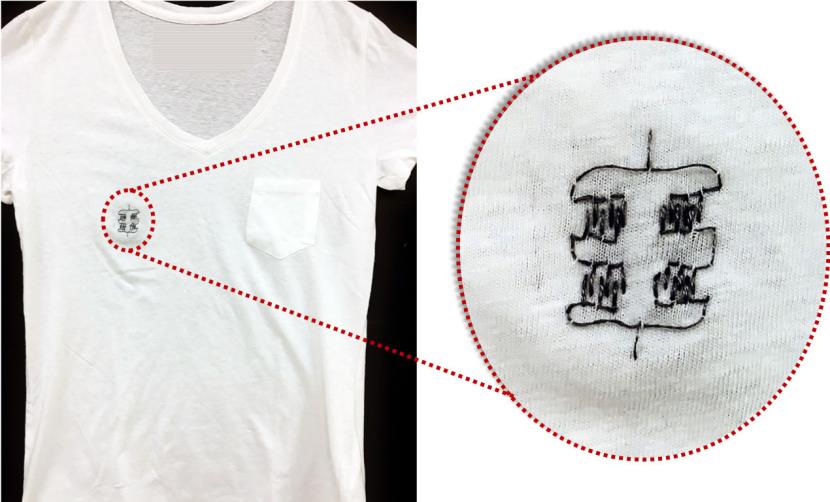Electronic fibers in fabrics pave way for 'smart clothes'

Scientists have found a way to incorporate electronic fibres in everyday fabrics, paving the way for affordable and durable 'smart clothing'.
Currently, wearable electronics are achieved by essentially glueing devices to fabrics, which can mean they are too rigid and susceptible to malfunctioning.
The team, led by Monica Craciun from the University of Exeter in the UK, integrated the electronic devices into the fabric of the material, by coating electronic fibres with light-weight, durable components that will allow images to be shown directly on the fabric.
The research, published in the journal Flexible Electronics, could revolutionise the creation of wearable electronic devices for use in a range of everyday applications, as well as health monitoring, such as heart rates and blood pressure, and medical diagnostics. "For truly wearable electronic devices to be achieved, it is vital that the components are able to be incorporated within the material, and not simply added to it," said Craciun.
"This new research opens up the gateway for smart textiles to play a pivotal role in so many fields in the not-too-distant future," said Elias Torres Alonso, former PhD student in Professor Craciun's team.
"By weaving the graphene fibres into the fabric, we have created a new technique to all the full integration of electronics into textiles. The only limits from now are really within our own imagination," said Alonso.
At just one atom thick, graphene is the thinnest substance capable of conducting electricity. It is very flexible and is one of the strongest known materials.
The race has been on for scientists and engineers to adapt graphene for the use in wearable electronic devices in recent years.
This new research used existing polypropylene fibres -- typically used in a host of commercial applications in the textile industry -- to attach the new, graphene-based electronic fibres to create touch-sensor and light-emitting devices.
The new technique means that the fabrics can incorporate truly wearable displays without the need for electrodes, wires of additional materials.
"The incorporation of electronic devices on fabrics is something that scientists have tried to produce for a number of years, and is a truly game-changing advancement for modern technology," said Saverio Russo, from the University of Exeter.
"The key to this new technique is that the textile fibres are flexible, comfortable and light while being durable enough to cope with the demands of modern life," said Ana Neves, from Exeter.
(With inputs from agencies.)
- READ MORE ON:
- Scientist
- Rock
- Ocean
- New Delhi
- New Zealand
- New York City
- Farm
- Revolution
- Agriculture
- electronic fibres
- graphene fibres
- existing polypropylene fibres
- University of Exeter
- Scientists
- new research
- wearable displays
- incorporation of electronic devices
- creation of wearable electronic devices
- everyday fabrics
- International News










